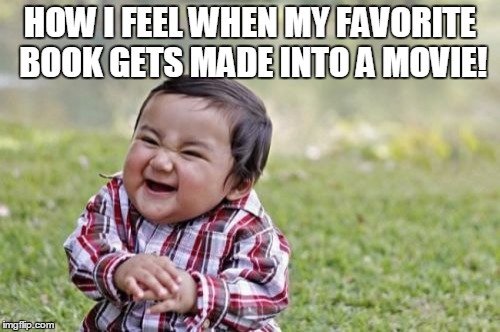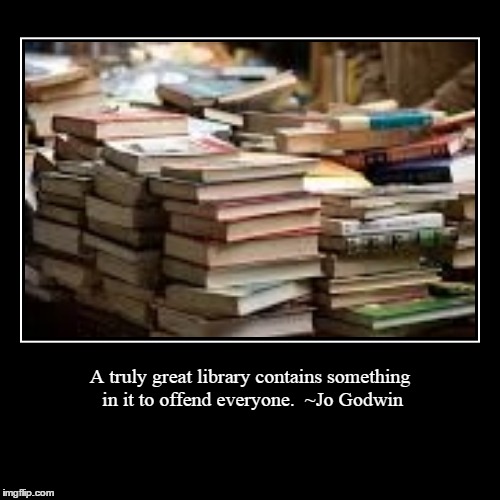By: Katie Gadwah, Library Media Specialist
Jill Zaffers, Science Teacher
Kelley Joseph, Literacy Coach
Read about 21st century learning and skills and you will read about making connections to real life as well as reflective and collaborative practice -- for both students and teachers. With all the demands on teacher time, how does one find the time to be truly collaborative?
We found the time and guidance through our participation in a program called School Librarians Advancing STEM Learning (SLASL). The initiative was sponsored by a lot of big names in open education including ISKME and their OER Commons database, the NH Department of Education, Granite State College, and funded through a grant from IMLS. Open educational resources offer global sharing of high quality, standards aligned lessons for students who may not have access to these types of resources otherwise in their community. Our task was to co-plan, co-teach, and co-assess a standards aligned STEM unit of study using literacy strategies as the basis for learning.
Sounds pretty straightforward, but for three diverse professionals who had limited experience working together, getting started was a little challenging. Our roles as Library Media Specialist, Literacy Coach, and Science teacher brought us to the project with different skills and priorities. Finding commonalities, shared instructional goals, and openly licensed resources was time consuming but once we got on track and started recognizing and acknowledging all of the different ways we could insinuate our expertise and skills into the learning, it was exciting.
Team teaching was rewarding for both students and for us professionally. We were able to gather tips and new perspectives from working closely on developing a unit and delivering instruction in a truly collaborative way. Students gained the advantage of multiple fields of expertise complementing each other in one integrated unit of study while we modeled the collaborative practice students need to be successful 21st century learners and citizens. The experience allowed teachers learning from teachers as well as students learning from students in an authentic environment. What we experienced was teachers and students working together to learn about how energy is used to solve a real problem. A favorite comment from a student when we started teaching about annotating was, “Wait, this is Science class. Why are we learning about reading strategies?” Perfect! This is why authentically working with literacy in any content area class is so important! It brought the application of school coursework to real life problem solving through reading.
We also enjoyed having each of us be able to demonstrate our expertise in specific areas. For example, our librarian instructed how to use technology as a learning tool/resource, while our literacy coach modeled using text annotation strategies and textual clues to deepen understanding. For students, we feel that our approach to this unit incorporated and highlighted the learning process. From the Science perspective, using historic anecdotal evidence, our high school scored highest on the Science NECAP in the past when we used an integrated classroom teaching model with an english, social studies, reading and science teacher collaborating to create literacy rich curriculum across content areas. To have the opportunity to work in this way through SLASL was a reminder for how important, practical, and efficient inquiry based literacy practices can be for students. The science (and every other content) classroom is all the richer for it.
Being guided in our work through the webinars and support from the ISKME team helped us stay on track and we learned a lot about how other teachers find the time to work together. Listening to other people give feedback gave us different perspectives, but it also allowed us to reflect on our own ideas and contributions for the unit that we created in Chemistry.
As educators, we are also very happy to be able to share our experience and lesson with teachers and students around the globe through the OER Commons repository of lessons and to find lessons for our students there as well. Mining this repository of lessons offers fresh ideas and strategies for commonly taught topics. It is a resource we will return to again and again.


